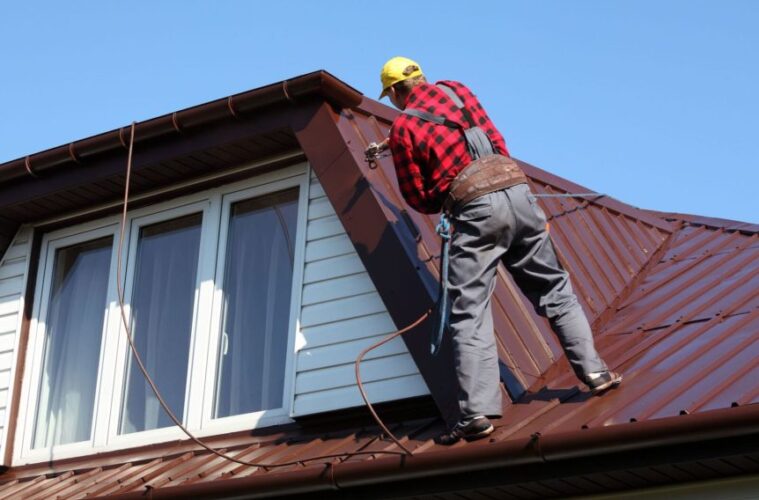Extreme weather conditions can be a significant threat to our homes, especially our roofs. The roof acts as the first line of defense against harsh elements, making it particularly vulnerable to damage. Regular maintenance coupled with special measures can fortify your roof and home, potentially saving you significant costs on repair and replacement. This comprehensive guide aims to provide you with valuable insights into the best practices for protecting your roof from extreme weather.
1. Regular Inspections
Inspect your roof diligently, at least twice a year and following any significant storm or weather event. This proactive approach allows you to identify and rectify any issues like damaged or missing shingles, and leaks in your attic. Prompt attention to these concerns can prevent minor issues from escalating into major problems that could compromise the integrity of your roof and eventually, your home.
2. Gutter Maintenance
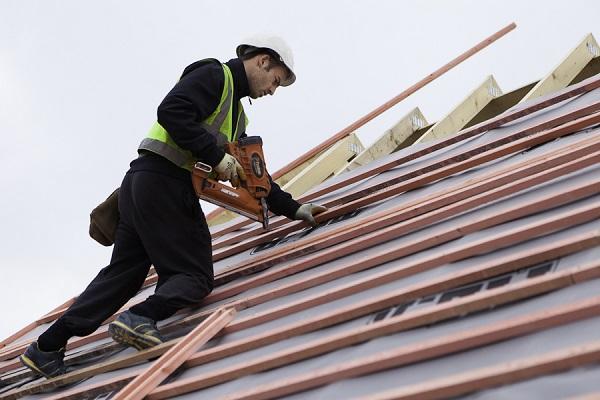
source: pinterest.com
Proper gutter maintenance is a critical aspect of roof care. Your gutters and downspouts need to be clear of leaves, twigs, and other debris to facilitate appropriate water flow. Overflow caused by blocked gutters can result in significant water damage to your roof and even your home’s foundation. Regularly scheduled cleaning can help maintain the health and longevity of your roof.
3. Trim Overhanging Branches
While trees add beauty and value to your property, overhanging branches pose a potential risk during extreme weather conditions. Heavy branches could break and fall on your roof, causing significant damage. Regular trimming of these overhanging branches can minimize this risk, ensuring your roof remains unscathed even during harsh weather.
4. Ensure Proper Insulation and Ventilation
The importance of your attic’s insulation and ventilation in maintaining your roof’s health cannot be overstated. Properly insulated and ventilated attics help maintain an even temperature across the roof, reducing the chances of ice dam formation in colder weather. Ice dams can cause melting snow to back up under the shingles, leading to leaks and moisture damage.
5. Secure Loose Shingles
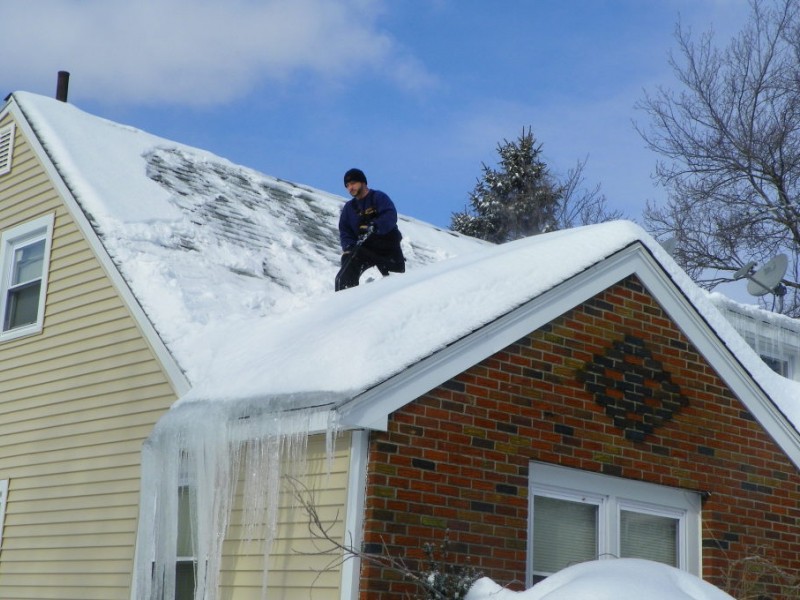
source: pinterest.com
No matter what type of shingles you have, in times of high winds or storms, loose shingles can easily be torn off, leaving parts of your roof exposed and vulnerable. Regularly check for loose shingles and secure them promptly, either by DIY methods or by calling a roofing professional. Ensuring all your shingles are securely fastened can greatly enhance your roof’s resilience in extreme weather.
6. Weatherproofing
Weatherproofing your roof by adding a protective coating can provide an extra layer of defense against harsh weather elements. These products, applied by professionals, can shield your roof from various damages, prolong its lifespan, and even enhance its energy efficiency by reflecting solar heat.
7. Replace Old Roofs
Old and worn-out roofs are significantly more susceptible to weather-induced damage. If your roof is nearing the end of its expected lifespan, consider replacing it with durable, weather-resistant materials like metal or specially designed shingles. While this might be a sizable investment, it could save you from frequent repair costs and provide better protection for your home.
8. Seek Professional Help
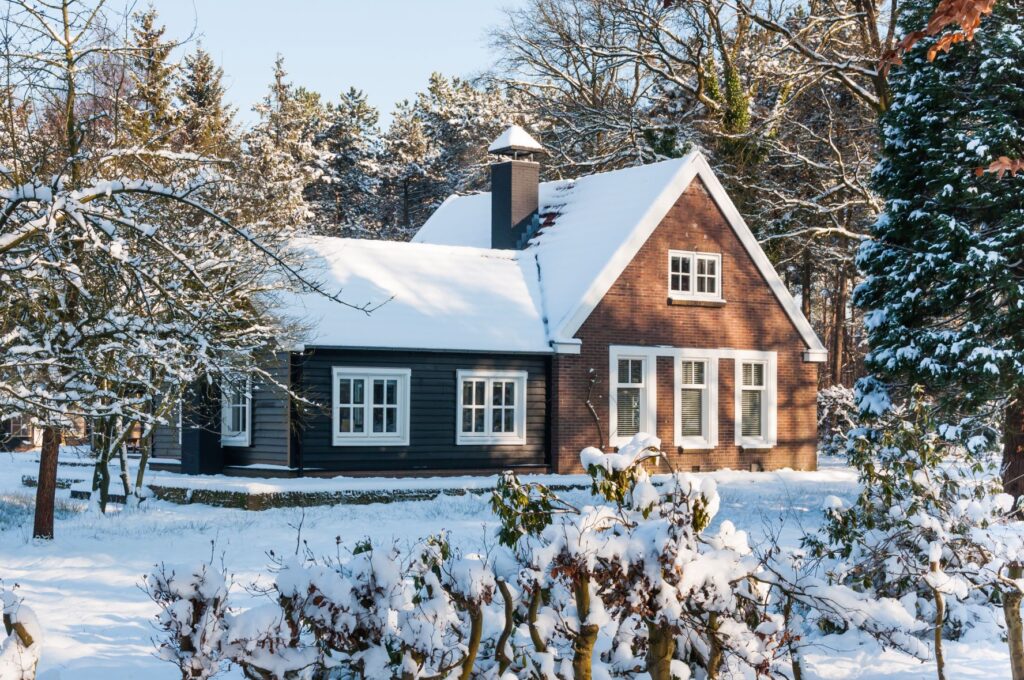
source: pinterest.com
Don’t underestimate the value of professional expertise. If you’re unsure about the state of your roof, consider hiring a professional for a thorough inspection. They can provide expert insights, identify potential issues, make necessary repairs, and give you advice tailored to your home’s specific needs.
9. Check the Flashing
The metal strips or ‘flashing’ installed along roof joints and around structures like chimneys, skylights, and vents are crucial for preventing water ingress. These areas are particularly vulnerable to leaks in extreme weather. Ensure your flashing is well-secured, free from corrosion, and provides a watertight seal.
10. Install a Roof Underlayment
Installing a roof underlayment can provide additional protection against extreme weather. This waterproof or water-resistant barrier material is installed directly onto your roof deck beneath the primary roofing material. It acts as an additional barrier against water seepage, improving your roof’s resistance against leaks.
11. Install a Wind Mitigation System
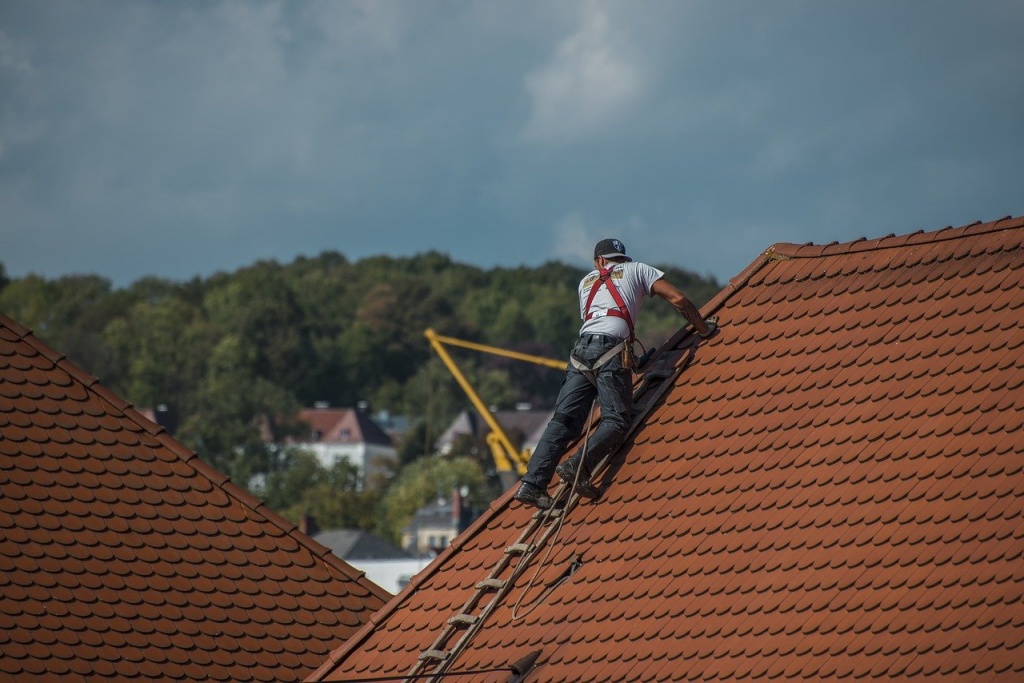
source: pinterest.com
If you live in a region prone to high winds or hurricanes, a wind mitigation system could offer additional protection. These systems can include various measures like fortified roof decking attachments and reinforced roof-to-wall connections that enhance your roof’s ability to withstand high winds without being compromised.
12. Monitor Roof Valley Health
Roof valleys, the areas where two roof slopes meet, are a critical part of your roof’s drainage system. They need to be well-maintained as they handle a significant amount of water runoff and are especially susceptible to leaks. Regular inspection can help you ensure their efficiency and durability.
13. Upgrade Your Roof Material
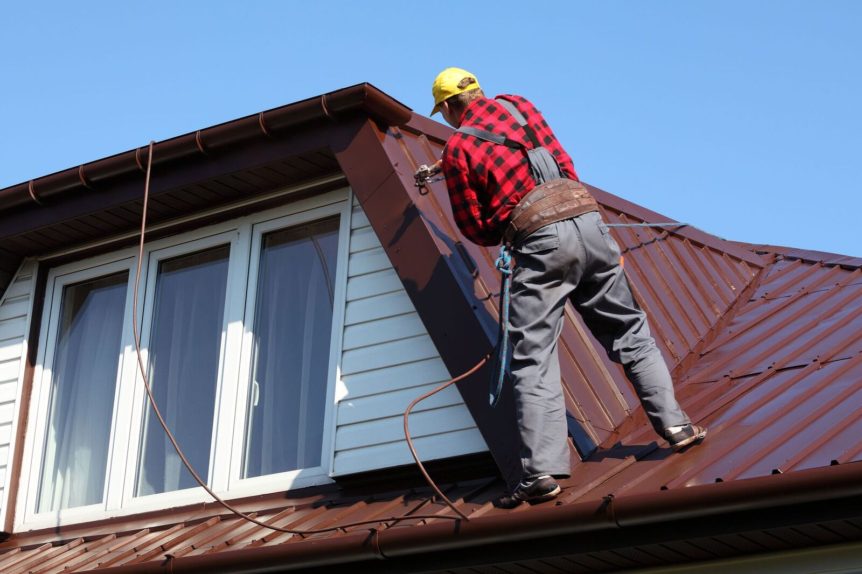
source: pinterest.com
If you live in an area prone to specific types of extreme weather conditions, consider upgrading to roofing materials designed to withstand those conditions. For example, metal, slate, or tile roofs are less susceptible to fire damage and could be preferable if you live in an area with a high risk of wildfires.
14. Hail-Resistant Shingles
For residents of hail-prone areas, consider the use of hail-resistant shingles. These specially designed shingles have been tested and rated for impact resistance and can significantly decrease the likelihood of hail damage.
15. Ensure Proper Grading
Roofs should be designed to allow water to flow off easily. Flat sections or those with improper grading may need to be re-graded, as standing water can create pressure, leading to leaks. A well-graded roof efficiently channels water away, reducing the likelihood of water-related damage.
16. Install Snow Guards
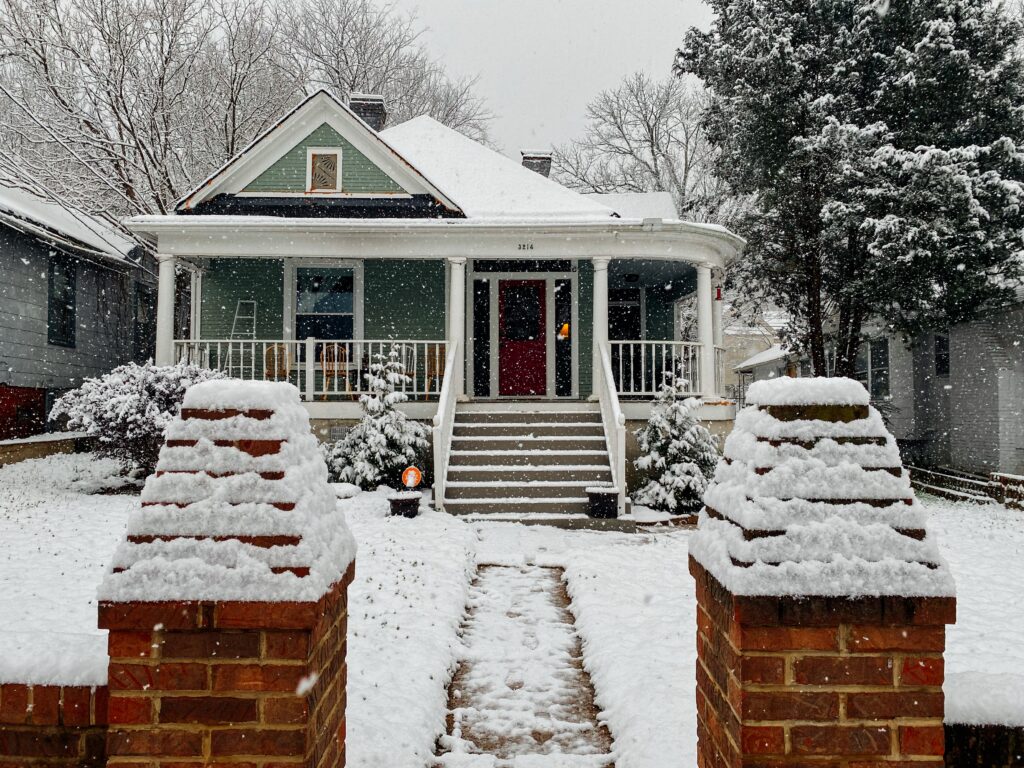
source: pinterest.com
For homes in areas that experience heavy snowfall, installing snow guards can prevent large amounts of snow from sliding off your roof at once. This not only protects the structural integrity of your roof but also ensures the safety of people and property below.
Wrapping Up
While we cannot control the weather, we can take proactive steps to prepare our homes to withstand its impact. Regular maintenance combined with these additional protective measures can go a long way in safeguarding your roof, and by extension, your home, from extreme weather conditions, and from needing roof repair. Stay prepared, stay safe, and let your roof continue to be the robust shield your home needs.

